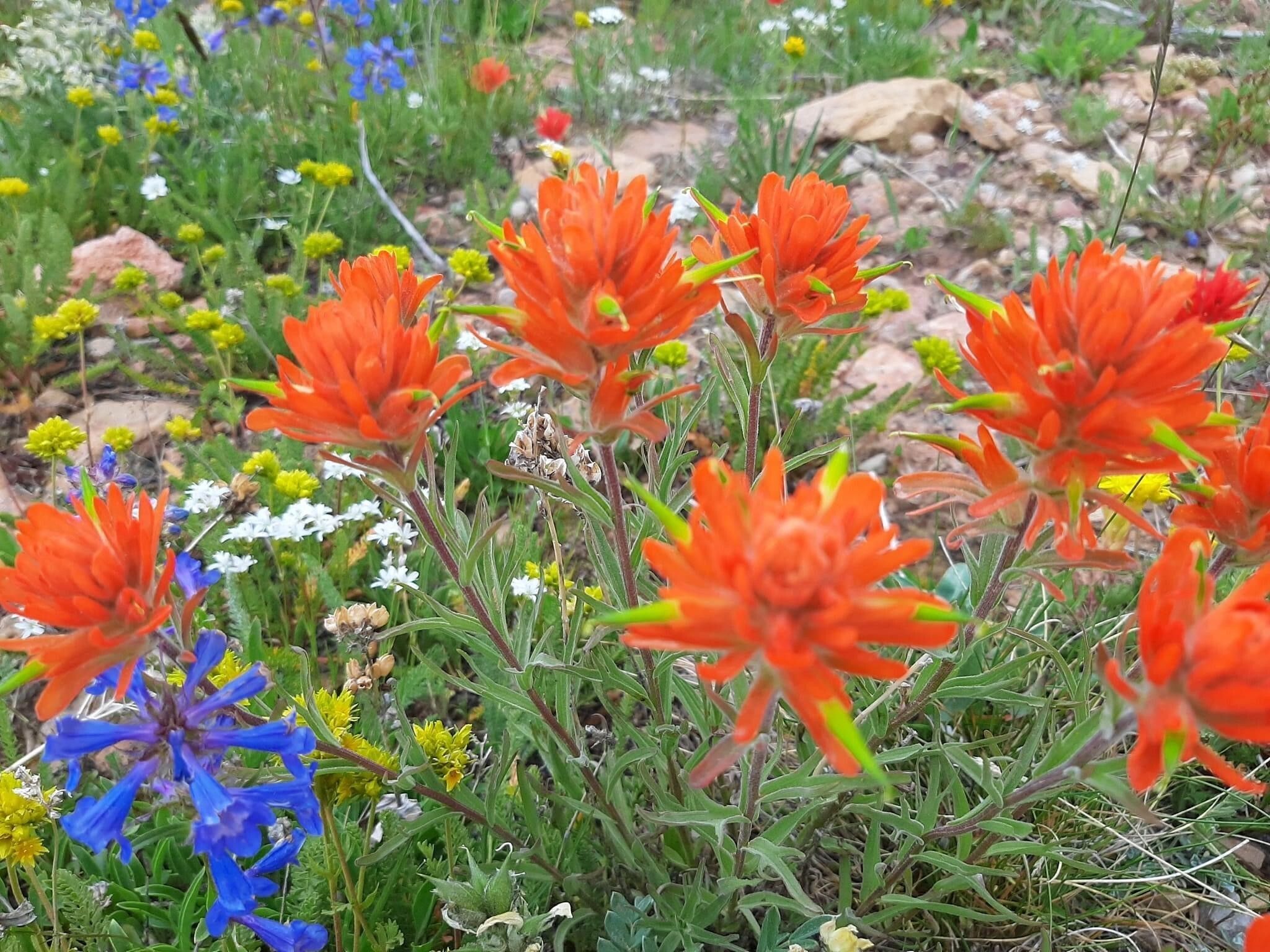Biocontrol is becoming more well-known with time, and even the New York Times has recently touched on it. In this piece, I will go over my views on an article published by Andrew Zaleski titled A Plague of Pests Is Coming for California. Here’s How to Stop It. A link to the article can be found at the bottom of this piece. In this article, Zaleski describes how the introduction of biocontrol insects has benefited North America both environmentally and economically. Before I get into the article, I want to start with why I believe biocontrol is important for our landscapes. I grew up in the Bitterroot Valley of Montana, where I watched noxious weeds outcompete the native species every year. Luckily, biocontrol, the use of non-harmful, non-native species to combat harmful non-native species, offers a longer-term and more sustainable solution to managing the populations of some of the noxious weeds.
In Montana, Spotted Knapweed (Centaurea stoebe) has become prolific throughout the state. As a solution, several biocontrols have been released to help mitigate the plant and have shown great success. Now it may seem like a radical solution to introduce another non-native species to fight one that was also previously introduced, but it’s crucial to understand all the years of testing that is completed prior to their release to ensure the biocontrol won’t attack any native species.
At the Montana Biocontrol Coordination Project, we work with what’s called classical biocontrol. This is the use of non-native, host-specific natural enemies to control invasive species. Our work specifically is towards noxious weeds. Over 500 biocontrols have been released worldwide following testing procedures, which continuously get more complex. Only three, which is less than 1%, according to Zalenski and the available data, have had negative impacts on native populations.
Furthermore, Zalenski also found that biocontrol is extremely cost-effective. In his article, he quotes Juli Gould’s findings that “economic analyses have shown that although all projects do not succeed, biocontrol has such a positive benefit-to-cost ratio that it is still worth pursuing.” In his article, Zalenski also mentions Jennifer Andreas, the biocontrol specialist for the state of Washington and a professor at Washington State University. Andreas conducted a study in 2020 that found that for every dollar spent on weed biocontrol, resulted in an $8 return on investment. This comes from all the positive impact biocontrol has on weeds by reducing the cost for other forms of control and management.
I agree with what Zalenski had to say in his article. It’s very easy to follow, understand, and very informative. I would recommend it to anyone who has a NYT subscription and is bored or somewhat curious about biocontrol. It’s a great tool for weed management and should be used and talked about more often. With more biocontrol usage, we may see the end of all noxious weed monocultures, helping to restore our native habitats and species.
Opinion | A Plague of Pests Is Coming for California. Here’s How to Stop It.
To view this article, you must have a subscription or access it through your local library account.

